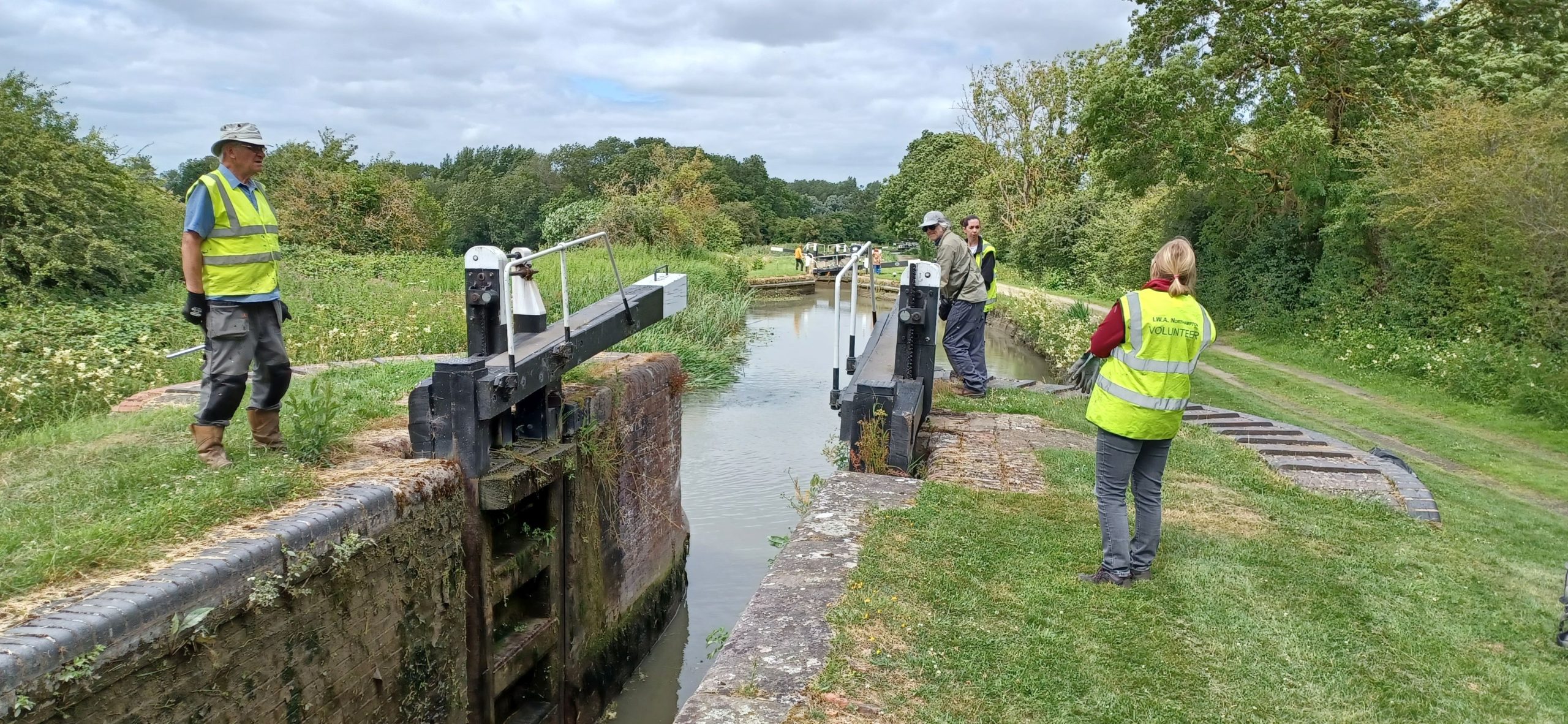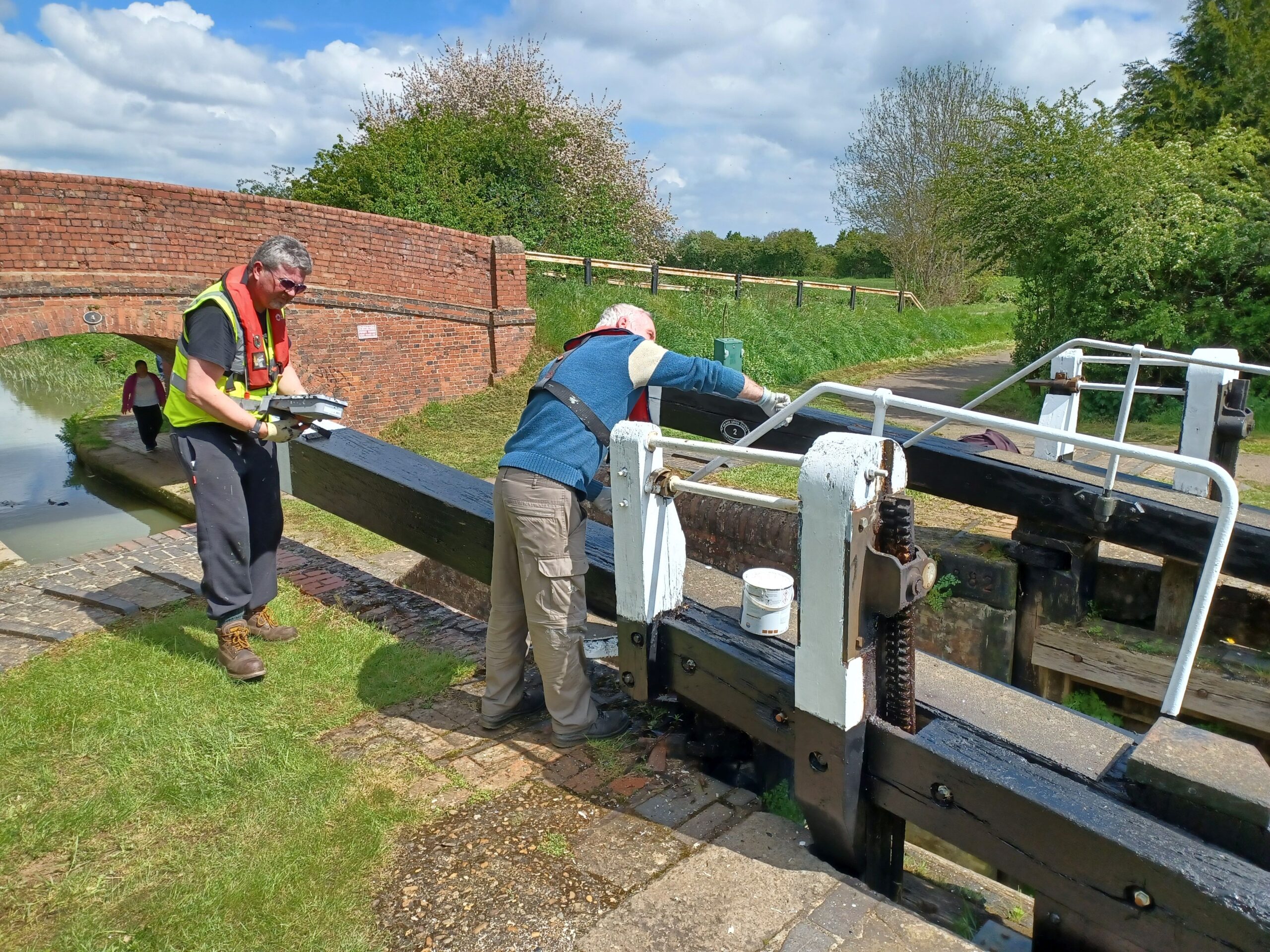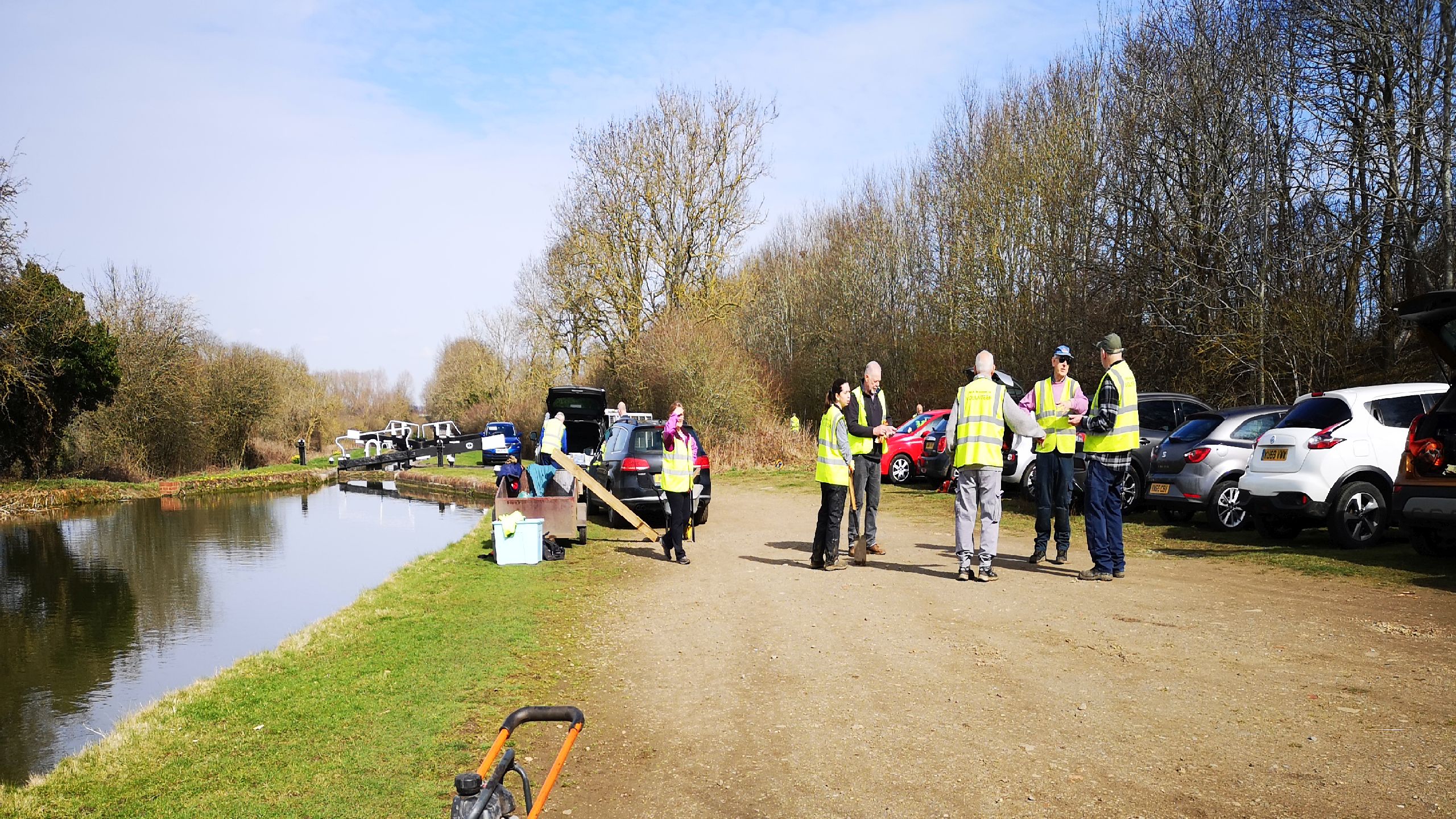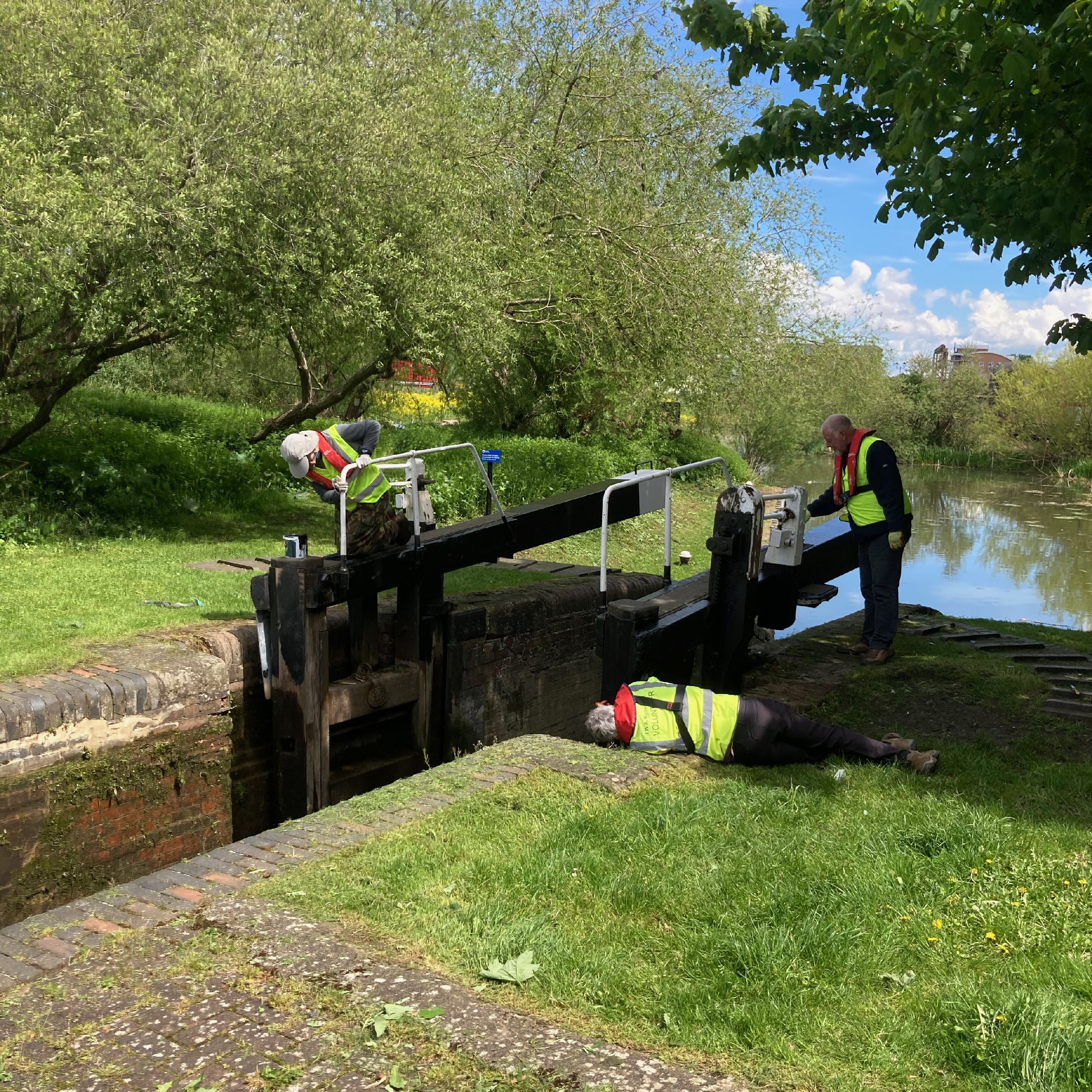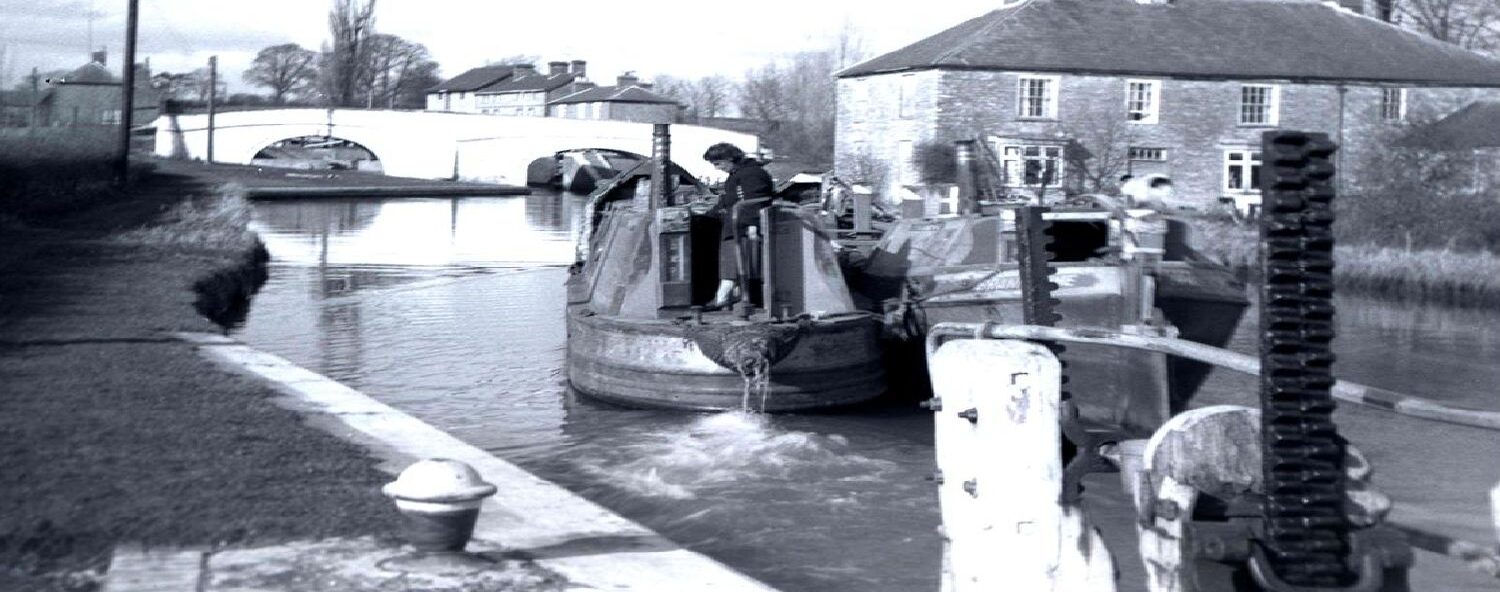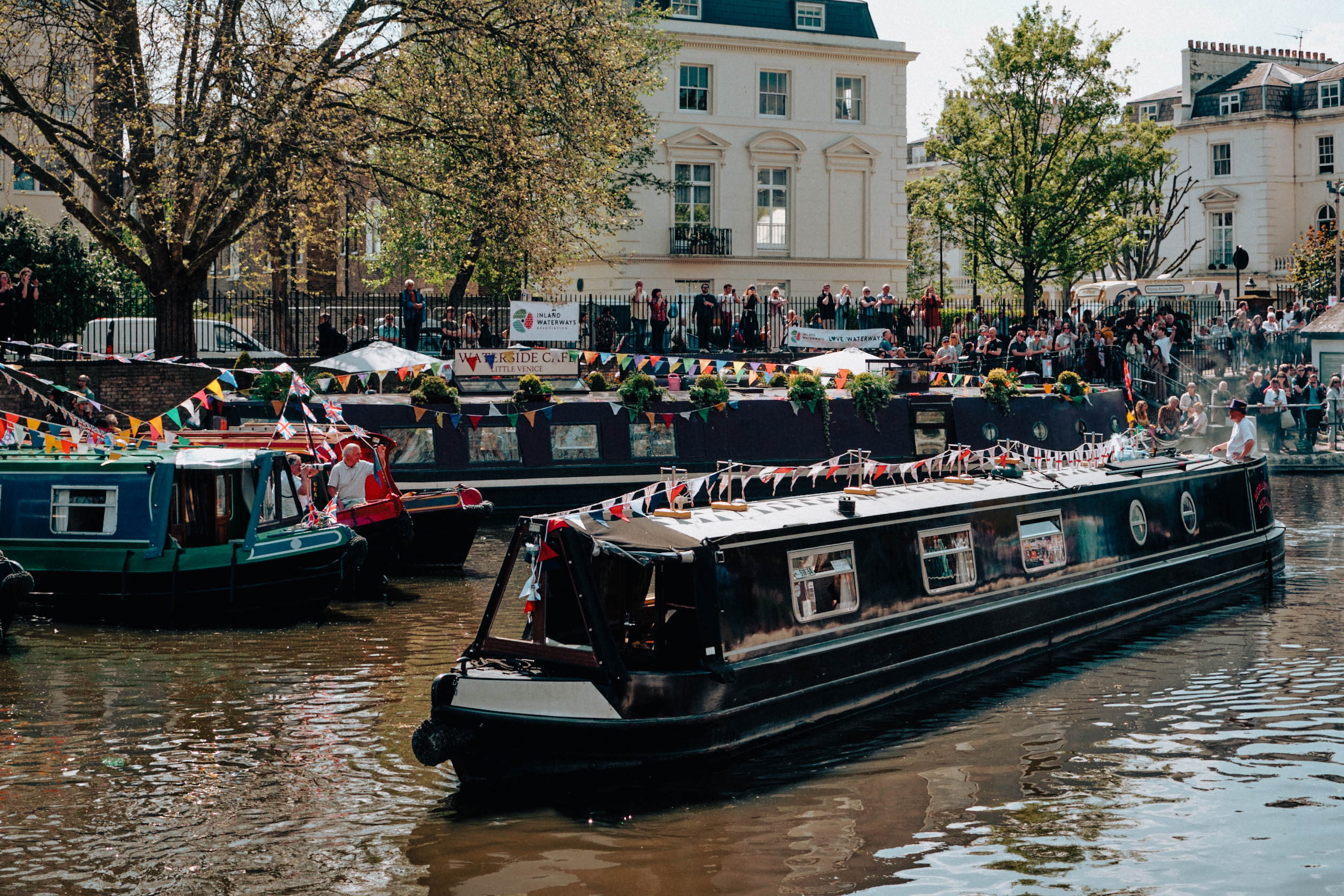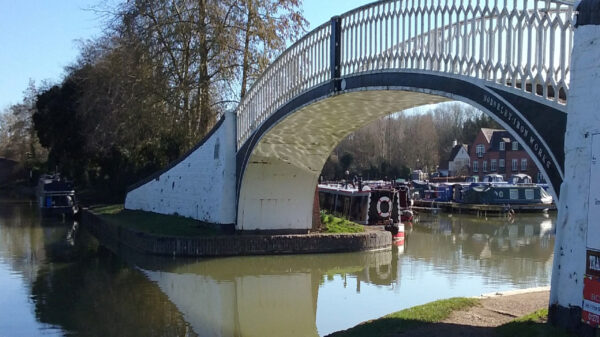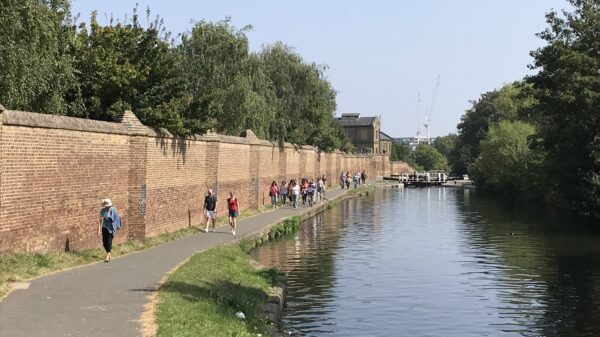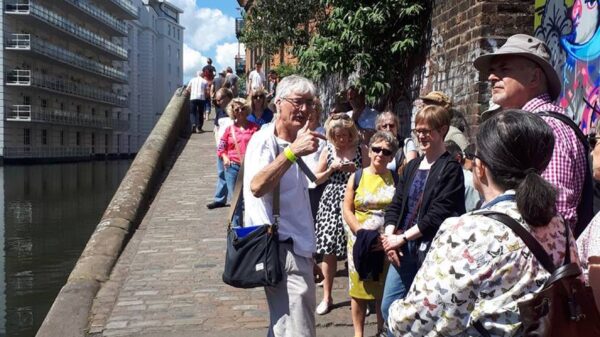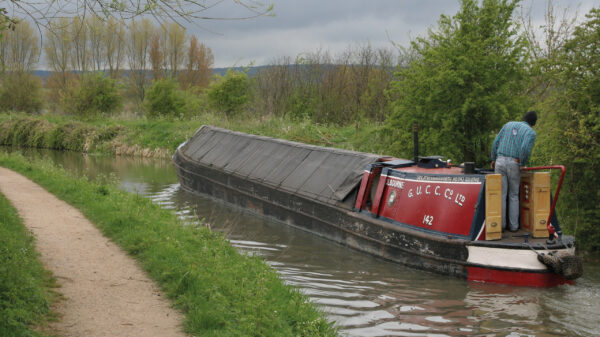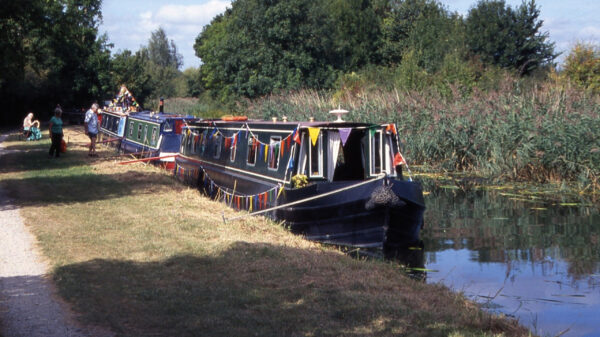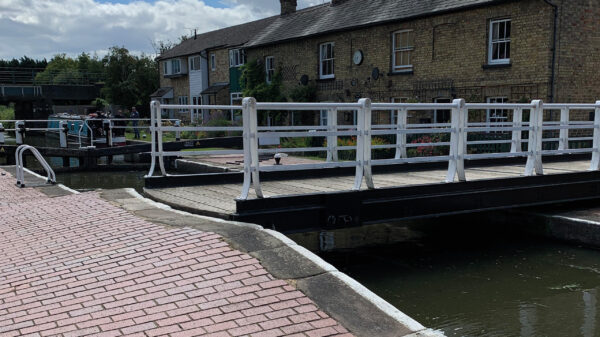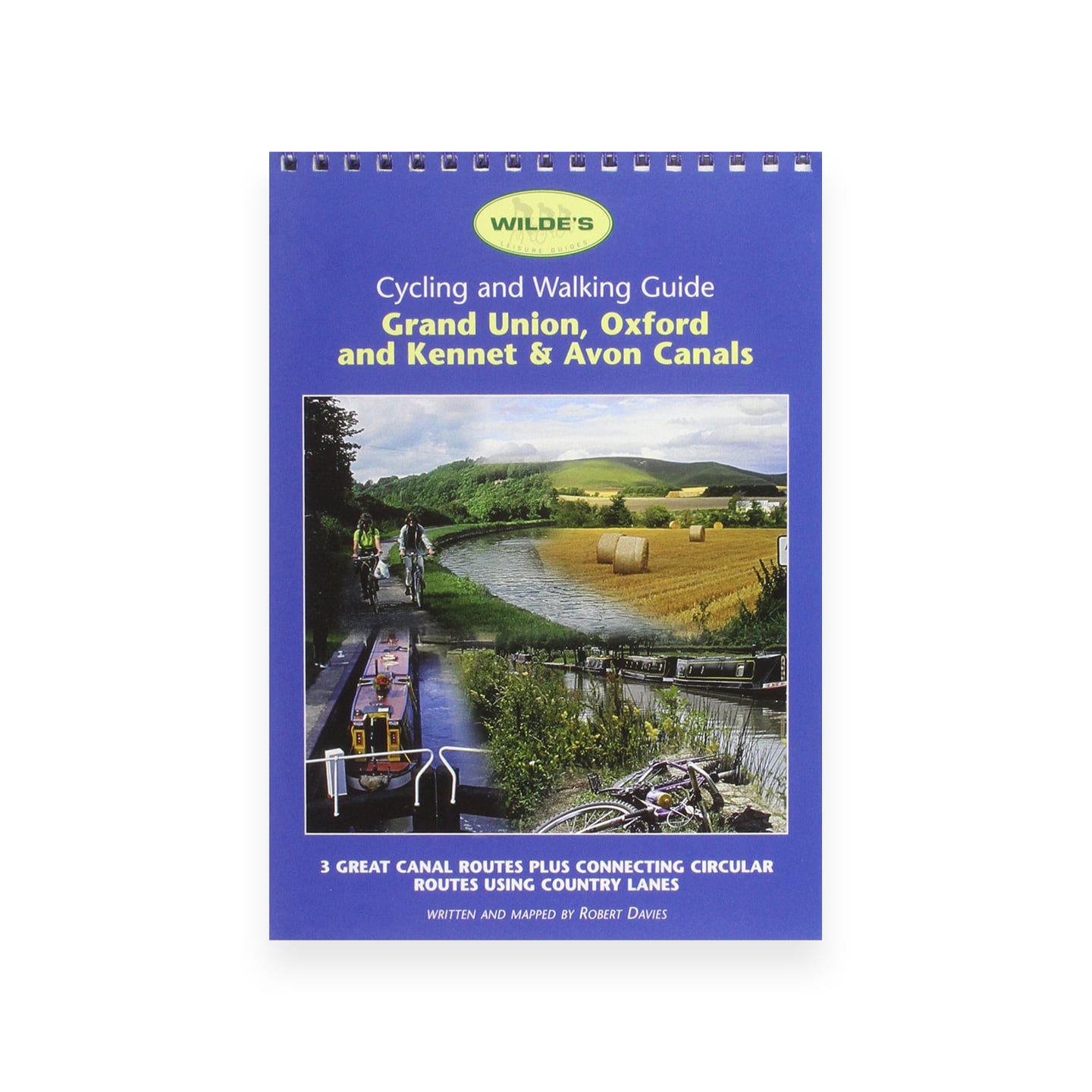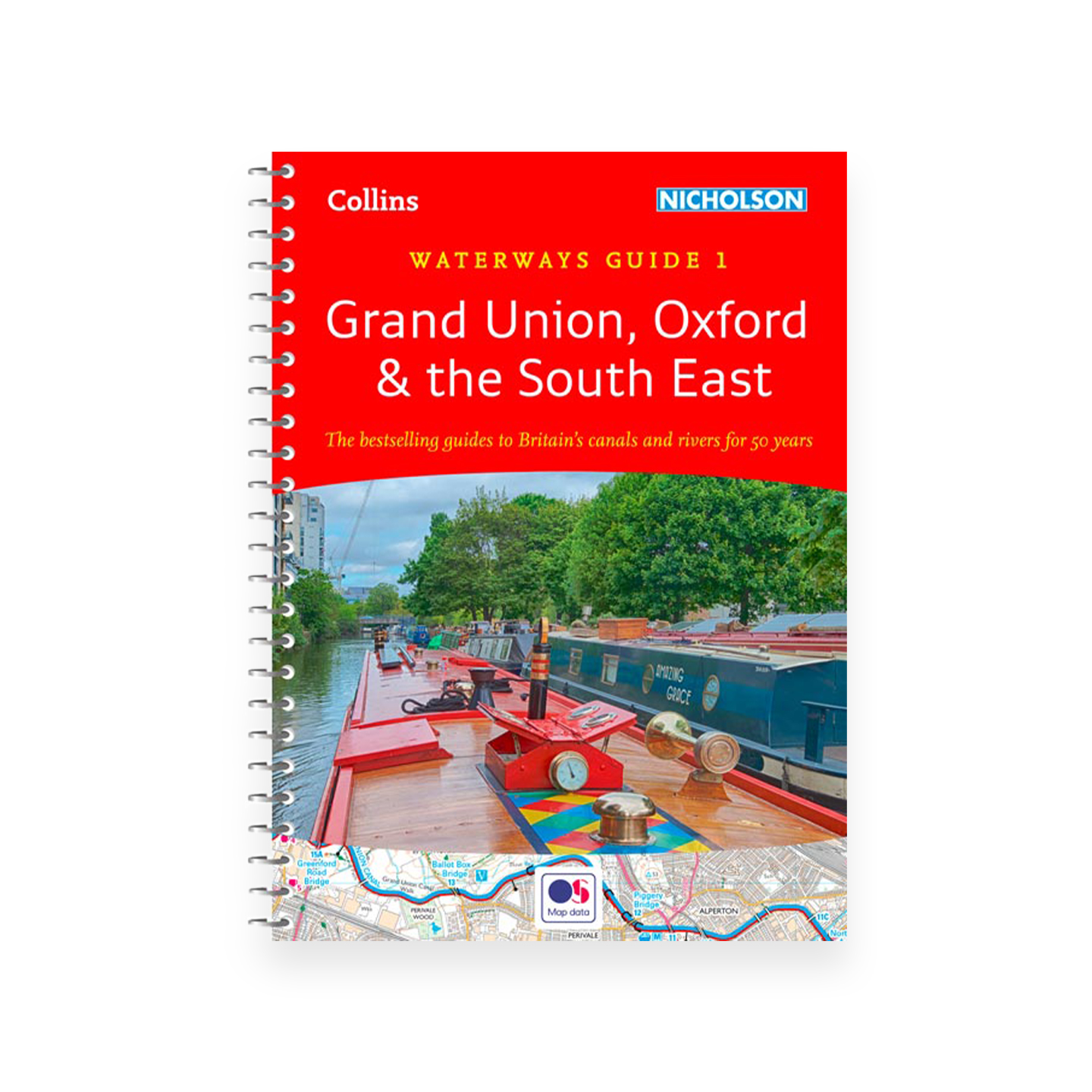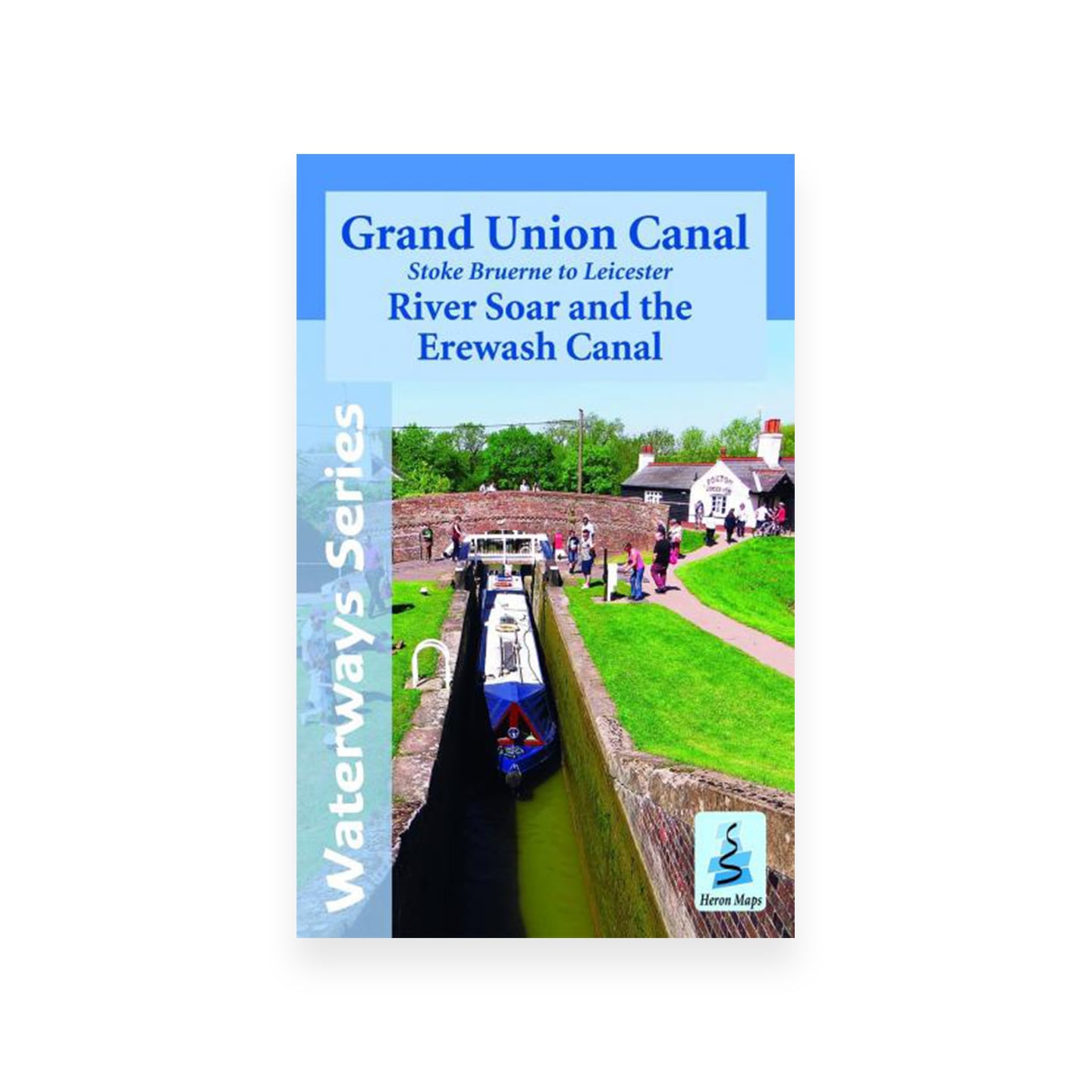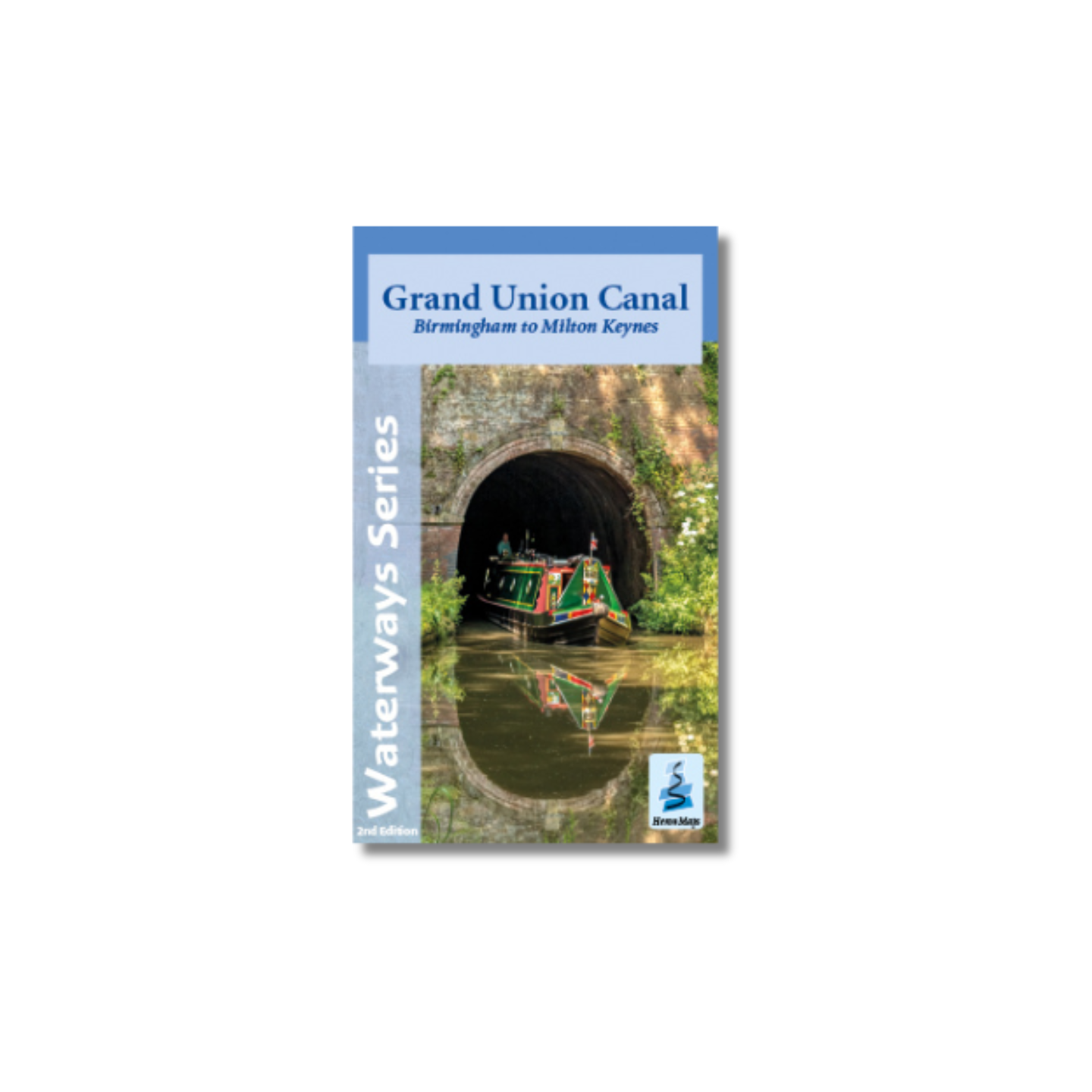Grand Union Canal from London to Braunston
The Grand Union Canal was formed to link London, the Nottinghamshire Derbyshire coalfields, and Birmingham under single ownership. The main line of this canal was the Grand Junction Canal (Braunston to Brentford). This was authorised in 1793. It provided a more direct route to London than the existing route of the Oxford Canal and the Thames.
Traffic on the canal grew rapidly and reached a peak in 1905, when over 192,000 tons were carried. The brick and gravel trade continued throughout the 1920s and 1930s and also through the War Years. However, by then, the clay and gravel deposits were becoming worked out. Moving waste from London to infill the redundant pits continued for a while, as did the delivery of timber to Slough Wharf. The last recorded commercial cargo was delivered in March 1960.
The Grand Union Canal has many arms
The Grand Union Canal continues from Braunston to Birmingham and is joined by the Grand Union Leicester Line at Norton Junction.
Arms include:
- Aylesbury – 6.3 miles (10.1 km) – 16 locks – joins at Marsworth Junction
- Buckingham – 10.7 miles (17.2 km) – 3 locks – joins at Cosgrove Junction – mostly derelict but under restoration
- Northampton – 4.8 Miles (7.7 km) – 17 locks – joins at Gayton Junction
- Paddington – 13.6 miles (21.9 km) long – no locks – joins at Bulls Bridge Junction
- Rickmansworth (former) Gas Works (River Chess Branch) – 0.3 miles (0.5 km) – 1 lock – joins at Batchworth Junction
- Slough – 4.9 miles (7.9 km) long – no locks – joins at Cowley Peachey Junction
- Wendover (under restoration, partly navigable) – 6.5 miles (10.5 km) long – 1 stop lock – joins at Bulbourne Junction
The River Nene joins the Northampton Arm in Northampton.
The Regent’s Canal joins the Paddington Arm at Little Venice.
Construction of the Paddington Arm was authorised in 1795 and it was completed in 1801.
The Slough Arm was the last canal to be built in Britain, before the Manchester Ship Canal. Work started to build the canal in early 1880. It was completed and opened on 4th December 1882. The canal was used to transport the bricks from the various Slough brickworks. It was also used for the establishment of various sand, brick and gravel wharves along the line. The existing brickworks expanded their production and transported bricks to many parts of London.




